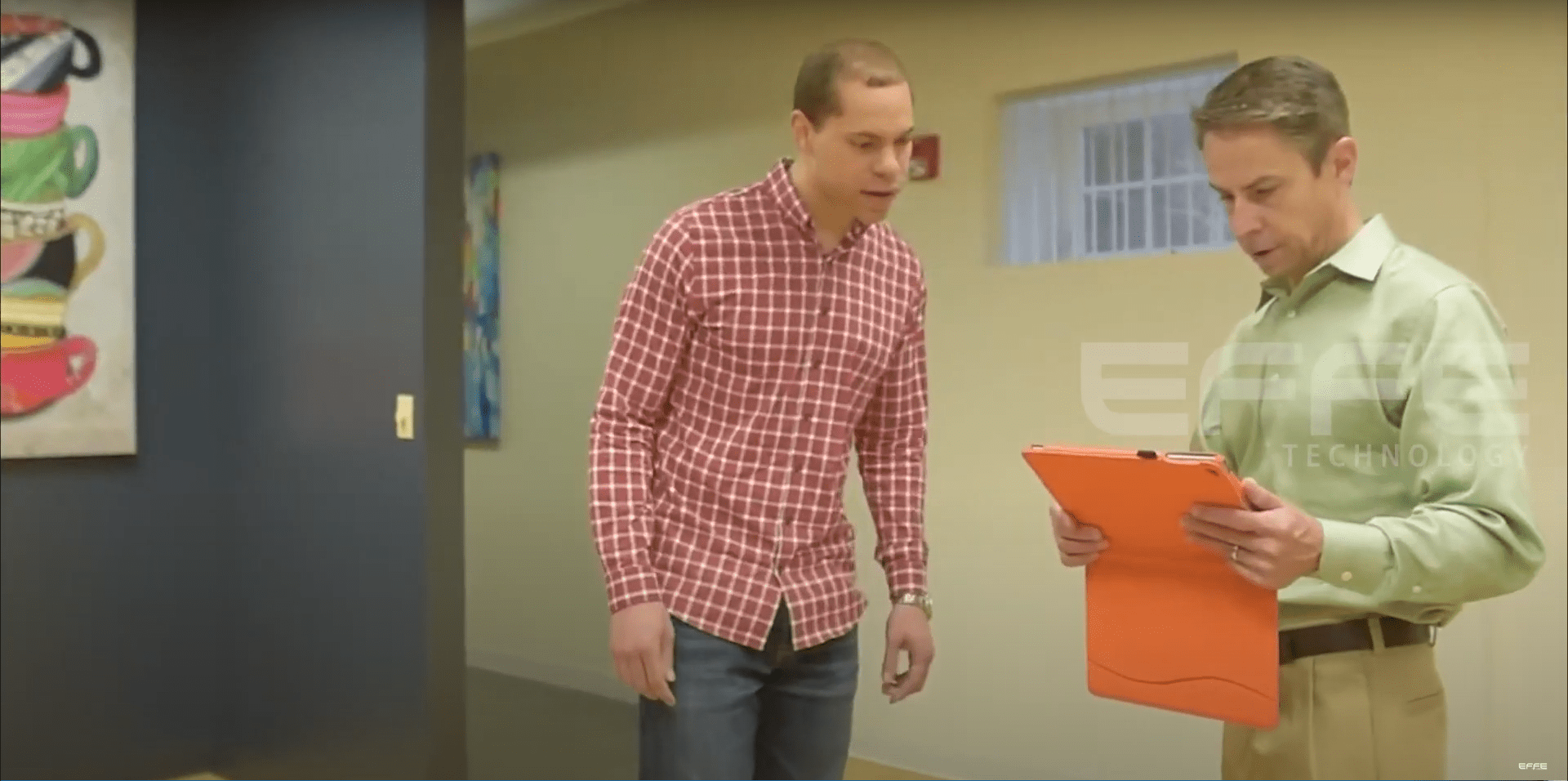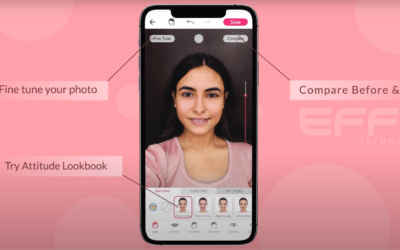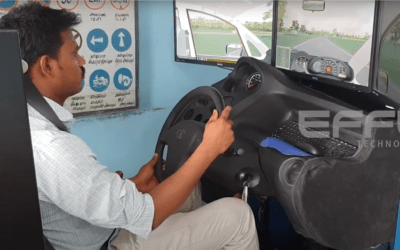Importance of Augmented Reality in Healthcare Training:
In the ever-evolving healthcare sector, training is pivotal for ensuring quality patient care. EFFE Technology recognized the pressing need to enhance healthcare training methods. Augmented Reality in healthcare emerged as a game-changer. AR enables immersive, interactive, and real-time learning experiences, bridging the gap between theory and practice. This technology empowers healthcare professionals to hone their skills in a safe and controlled virtual environment.
Specification and Compatibility :
EFFE Technology’s augmented reality in healthcare has created a novel augmented reality (AR) solution for the healthcare industry. This cutting-edge technology works smoothly with a wide range of devices, including smartphones and augmented reality headsets. What distinguishes EFFE’s product is its extraordinary flexibility and accessibility, which caters to healthcare facilities of various sizes and budget capacities. This AR technology can be smoothly implemented into any size hospital or clinic without causing financial burden. This versatility means that organizations may leverage the value of augmented reality in healthcare without sacrificing resources. Through the integration of AR technology, EFFE Technology is transforming healthcare practices, improving patient care, and expanding medical training by emphasizing accessibility.
About the Project :
What We Did: EFFE Technology developed a comprehensive augmented reality in healthcare training platform.
Project Requirements: We collaborated closely with healthcare experts to identify critical training needs. The system needed to replicate diverse medical scenarios, offer real-time feedback, and be user-friendly.
Our Solution: Our AR platform offers a library of realistic medical simulations, covering surgeries, patient assessments, and emergency response. Users can practice skills and decision-making in a risk-free environment. Immediate feedback and progress tracking enhance the learning process.
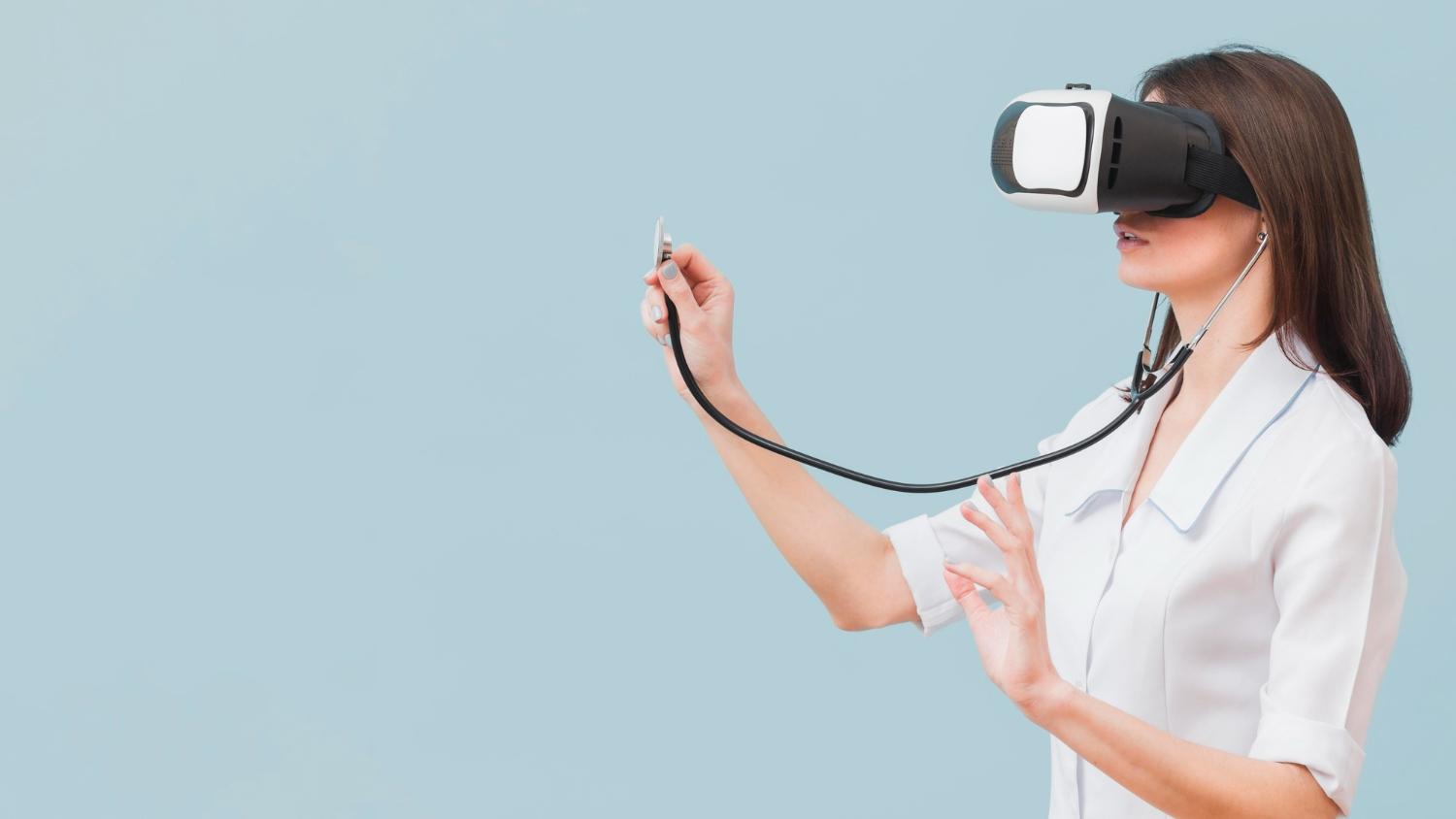
Our Process:
Our AR app development process is a comprehensive journey, carefully tailored to bring your vision to life while ensuring its success in the market.
Conceptualization and Ideation: We collaborate closely with you to understand your goals and brainstorm creative concepts that align with your objectives, defining unique AR features.
Market Research: Thorough market research uncovers trends, competitors, and user preferences. We analyze successful AR apps to refine our strategy.
Design and Storyboarding: Our talented team crafts detailed storyboards and visual design elements to enhance the user journey and AR interactions.
Technical Feasibility Assessment: We evaluate the technical aspects, choosing the right AR development tools and platforms to match your project’s needs.
Development: Skilled developers integrate AR seamlessly into the app, with regular updates to keep you informed.
Testing and Quality Assurance: Rigorous testing ensures flawless performance across devices, addressing any issues.
UI/UX Optimization: We refine the UI/UX for an intuitive, engaging experience.
Integration with Real-World Data: If needed, we incorporate real-world data sources, augmenting the AR experience.
Performance Optimization: Speed and responsiveness are optimized, vital for AR apps.
User Testing and Feedback: Beta testing gathers insights for iterative improvements, ensuring user satisfaction.
Deployment: We handle app store deployment, ensuring compliance with platform requirements.
Marketing and Promotion: A tailored marketing strategy, including social media campaigns and app store optimization, boosts your app’s visibility.
Maintenance and Updates: Continuous support and updates keep your app current, secure, and feature-rich as technology evolves.
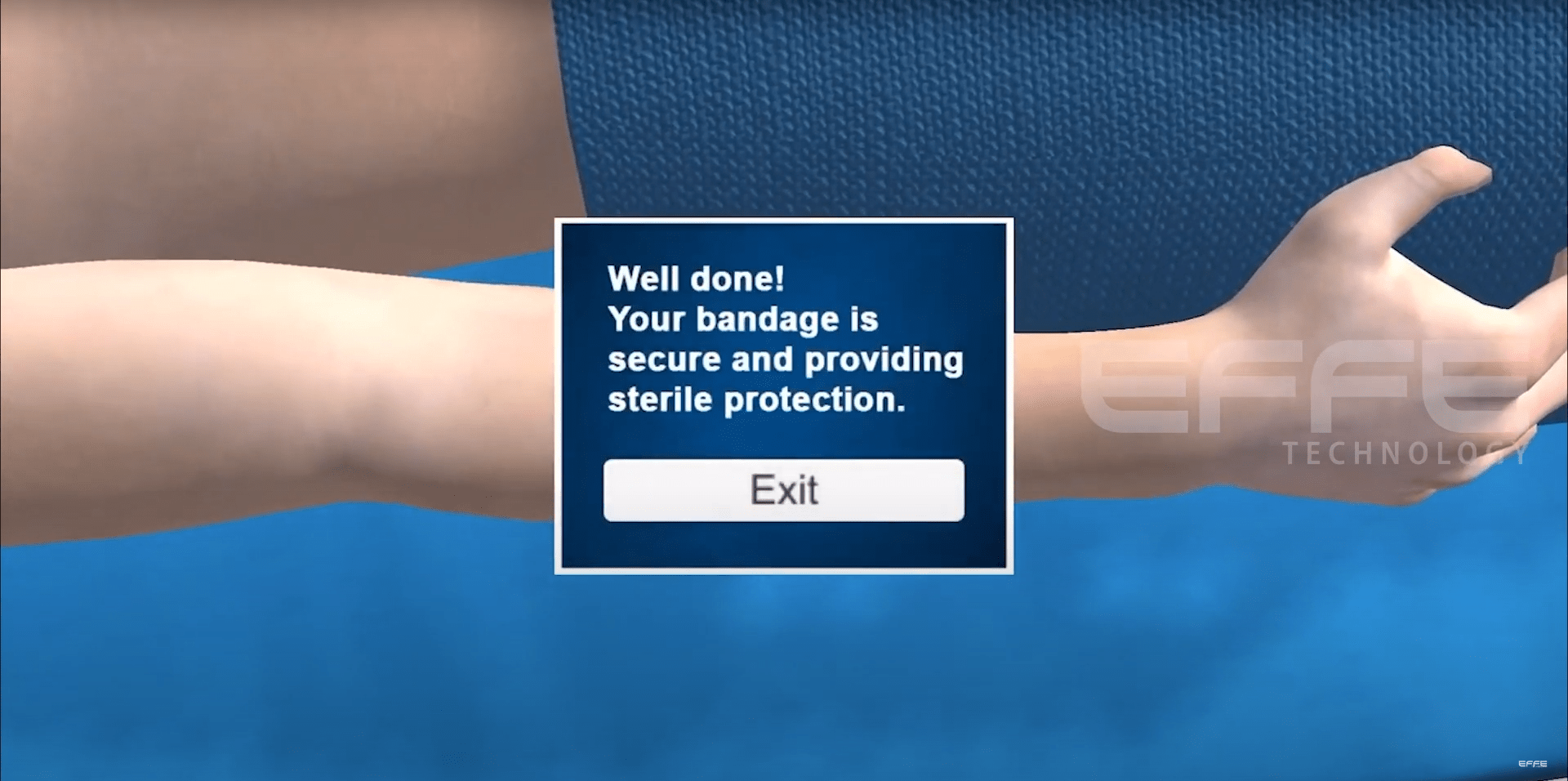
Conclusion:
EFFE Technology’s Augmented reality in healthcare training solution is revolutionizing the industry. By harnessing AR technology, we empower healthcare professionals to continuously improve their skills and deliver the best care possible. The adaptability and effectiveness of our platform make it a valuable asset for healthcare institutions worldwide. As we move forward, we remain committed to pushing the boundaries of technology to enhance healthcare training and ultimately, patient outcomes. For more information: Visit Post

